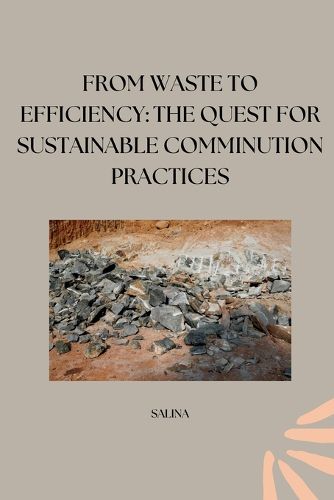From Waste to Efficiency
Salina

From Waste to Efficiency
Salina
Discrete Element Method (DEM) is a numerical technique based on Newton's law of mechanics, initially designed to study the flow of granular materials (Cundall and Strack, 1979). The interaction between these materials and predefined environment are simulated using contact models which calculates the forces and associated energy loss (Cundall and Strack, 1979). As DEM has been refined, it has demonstrated the capability to study dynamic scenarios such as; earthquake, rock fracture and comminution (Mora et al., 1993; Potyondy et al., 1996; Morrison et al., 2007). These scenarios necessitated constructing numerical rock specimens of desired shape and size and the implementation of breakage models within DEM. A number of breakage models with variation in mathematical formulations and their mode of implementation have been utilised in comminution studies. The most prominent are the Discrete Grain Breakage (DGB) method (Potapov and Campbell, 1994), Particle Replacement Method (PRM) (Cleary, 2001) and the Bonded Particle Model (BPM) (Potyondy and Cundall, 2004). The DGB and PRM models are semi-empirical; replacing individual discrete rocks with a population of smaller rocks in accordance with a prescribed appearance function. In BPM, a rock specimen is represented by connecting/contacting discrete entities. The BPM aims to simulate rock breakage with fragmented sizes and shapes determined dynamically i.e., shapes and size distributions of fragments arise naturally.
This item is not currently in-stock. It can be ordered online and is expected to ship in approx 2 weeks
Our stock data is updated periodically, and availability may change throughout the day for in-demand items. Please call the relevant shop for the most current stock information. Prices are subject to change without notice.
Sign in or become a Readings Member to add this title to a wishlist.


